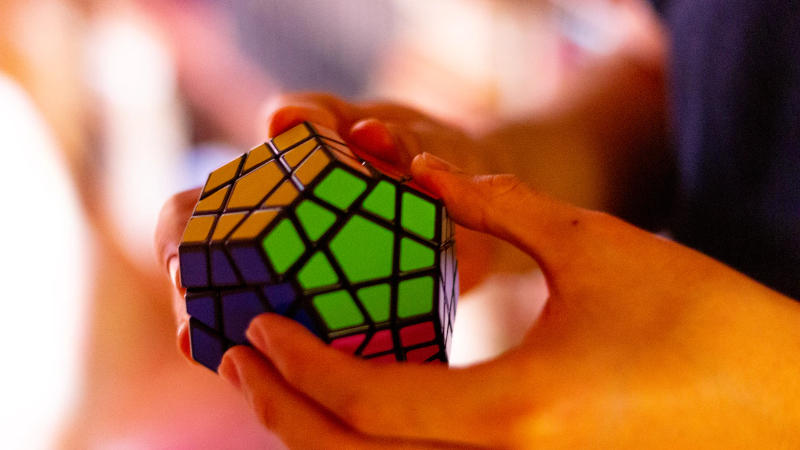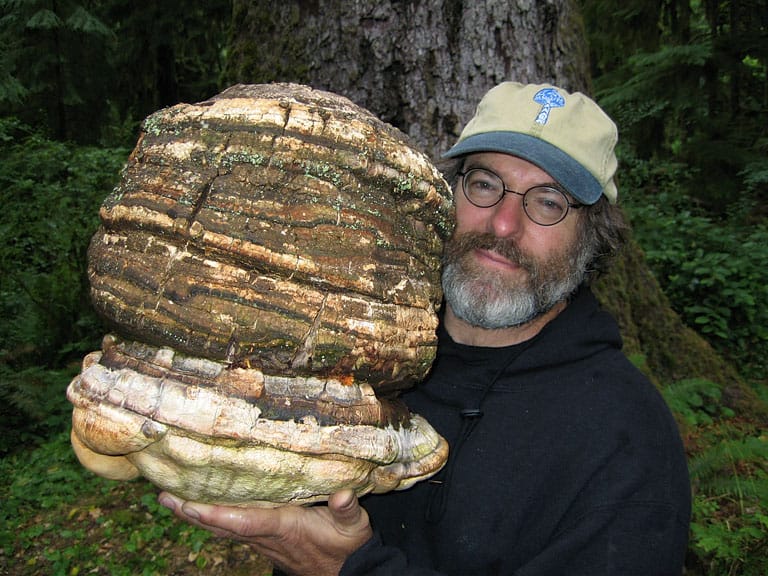
Shamanic Ceremonies and Ancient Medicines
Most of us, fairly easily, can conjure up images of a shaman and a group of tribesmen and women dancing around a fire, imbibing psychedelic
LSD and other psychedelic substances have been engulfed in a deep pool of taboo for decades. There has been a lot of negative speculation surrounding this chemical structure. Although LSD is being evaluated in a more positive light than ever, there is still a lot of fear-based information being spread on the compound. Understandably so, I guess… But- what if we stepped outside of ourselves and said goodbye to the fear of the ‘unknown’ and studied this compound and what it can do for us? After all, the only way to rid of the unknown is by diving into the unknown.
Today, we have a better understanding than ever of how LSD affects the human brain. Thanks to a very generous group of donators, we have scans of brain’s activity with subjects after ingesting LSD. With this. We can take a look inside the minds of those who have taken LSD and gain a better understanding of consiousness. This was/is a groundbreaking study for the psychedelic science community.
Let’s discuss what we found from looking into the colourful scans of the psychedelic mind.
To understand what LSD does to the brain, let us briefly brush over what LSD actually is.
Essentially, LSD, or lysergic acid diethylamide, is a particularly potent hallucinogenic substance. This psychedelic(link to the ‘psychedelics’ page under hot topics when it is up) substance has a wide range of effects. The dosages of this chemical are measured in mcg, meaning it is very potent.
This compound was first synthesized by a man named Albert Hoffman in the 1930s. Hoffman was a Swiss chemist during the Cold War. Around this time, the CIA conducted secret experiments with LSD and other substances, with the motive to discover a chemical that could be used for ‘mind control’.
Hoffman first synthesized LSD in 1938. However, he did not discover the intense hallucinogenic properties of the substance until the year 1943. He accidentally ingested a micro-amount of LSD and experienced the world’s first-ever microdosing(https://microdose-journey.com/microdosing/) experience with LSD.
Only three days later, on April 19th, 1943, he purposely ingested a larger dosage of the substance as a personal experiment. After the effects kicked in, he rode his bicycle home from his lab (World War 2 restrictions made travelling via vehicles off-limits). This, ladies and gentlemen, was the world very first LSD trip in history!
Years later, each year on April 19th, the world remembers this remarkable day in history as ‘bicycle day’. This day is celebrated by many around the globe, honuoring Hoffman’s discovery that has changed the world ever since.
After this discovery, LSD has been on its very own ‘trip’ throughout history. It was labelled as dangerous for many years and governments swore up and down it would make you go absolutely bonkers and jump off of a rooftop! Nowadays, as masses begin to think more for themselves than ever, many of us know this is not accurate.
By 2020, we have learned a lot about this chemical and have begun to look into what it can do for the greater of humanity. Although LSD has not always been accepted by society, the usage of it is becoming more and more normalized than ever.
A lot of individuals are coming to the realisation that perhaps it isn’t as dangerous as it has been made out to be and maybe it is time to step outside of ourselves and see what it can do for humanity as a whole.
This study was conducted by the Beckley/Imperial Research Programme.
The motive of this study was to examine LSD effects and how we can make sense of it by viewing the human brain whilst these effects are occurring. Although there have been hundreds of scientific studies conducted in the 1950s and 1960s (when LSD was still legal), this was the first study to accurately examine what it does to the brain and collect answers in an unbiased environment. Thanks to modern technology, they were able to do exactly that.
20 subjects were given either 70mcg or LSD or placebo (saline) on 2 separate days. Each subject completed brain imaging/mapping and self-report questionnaires on both days. They used multiple brain imaging techniques that consisted of ASL (arterial spin labelling), resting-state MRI, and MEG (magnetoencephalography).
In this study, they found four major things well worth highlighting.
– All participants who ingested LSD reported strong visual hallucinations and profound shifts/changes in consciousness.
– Increased correlated with self-reported hallucinations.
– Blood flow to visual regions also increased.
– Changes in brain waves in visual regions also correlated with hallucinations, suggesting these findings are related.
Note: These are all properties normally associated with visual stimulation, but participants had their eyes closed.
– Decreased integrity within a specific network – the Default Mode Network (DMN) – correlated with self-reported ‘ego-dissolution’ and ‘altered meaning’. This suggests that DMN underlies a stable sense of self and other aspects of normal consciousness.
– Brain wave synchronisation decreased – that is, neurons that normally fire together that produce brain waves lost their synchronisation.
– The decrease correlated with both DMN disintegration and ego-dissolution, suggests the findings are interrelated.
-Distant brain networks become more connected to one another – that is, they lost their ‘separateness’, allowing for wider and more integrated communication between networks.
-This can be seen in the images of the brain scan.

This study shows the great therapeutic potential LSD can unlock. This also allows us to provide valuable information on understanding consciousness and it’s changing states. This study gave us an inside look at our physical brains and the unique functions following the ingestion of LSD. These ‘brain wave’ findings also give us clues to the neuron-level mechanics underlying the network-level changes. New information on changes in supplying the brain was also found as well.
Although this has provided many answers, it has also left us with many more new question. This is exciting, to say the least. More importantly, to keep in mind; this is only the beginning.
How can you help/support psychedelic research?
First, educate yourself.
Second, donate what you can.
This experiment was only made possible by those who generously donated funds towards this project. Every bit counts! If you wish to donate to psychedelic research with Beckley Foundation, check out the following link:
https://www.beckleyfoundation.org/support-psychedelic-research/

Most of us, fairly easily, can conjure up images of a shaman and a group of tribesmen and women dancing around a fire, imbibing psychedelic

Psychonauts, mycologists, philosophers, daydreamers, and nature enthusiasts are all most likely to be aware of Terence McKenna. McKenna was one of the most revered psychedelic

In this blog, we dive into the transformative practice of immersing oneself in cold water and explore the remarkable benefits it offers. Discover the

If you live in Europe or have made a humble visit to the city of Amsterdam to ‘‘see the culture’’, you’ve probably heard of

There are so many crazy morning routines circulating the internet these days. It can seem like an uphill battle to find an effective routine that

Let’s face it: New Year resolutions are super tough! As the New Year rolled in, hearts around the world sang with hope, filled with
GET 10% DISCOUNT WITH NOTIFIED ABOUT THE LATEST NEWS AND UPDATES. NO SPAM, WE PROMISE!
FREE Tracked shipping on orders over €250 to EU countries.
Monday- Friday 8.30am- 5pm (CET)
A range of options available
Guaranteed delivery or your money back